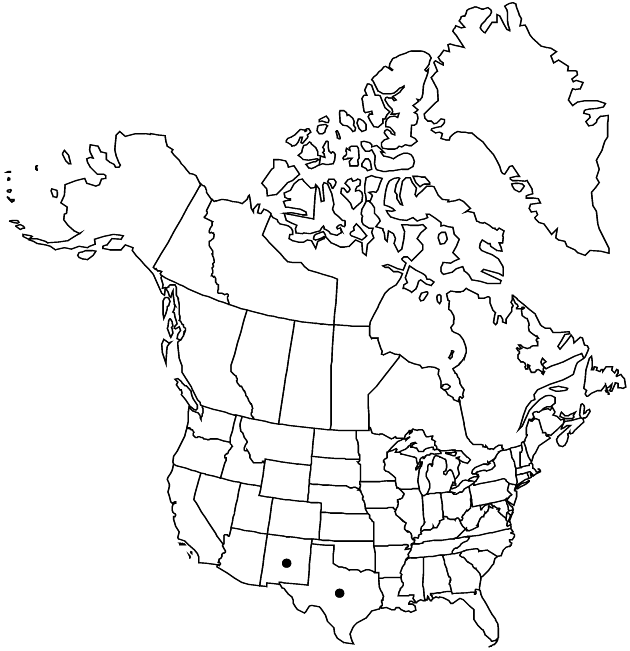Difference between revisions of "Lepidospartum burgessii"
Wrightia 5: 354. 1977.
Endemic
FNA>Volume Importer |
imported>Volume Importer |
||
| Line 6: | Line 6: | ||
|place=5: 354. 1977 | |place=5: 354. 1977 | ||
|year=1977 | |year=1977 | ||
| + | }} | ||
| + | |special_status={{Treatment/ID/Special_status | ||
| + | |code=E | ||
| + | |label=Endemic | ||
}} | }} | ||
|basionyms= | |basionyms= | ||
| Line 44: | Line 48: | ||
|publication title=Wrightia | |publication title=Wrightia | ||
|publication year=1977 | |publication year=1977 | ||
| − | |special status= | + | |special status=Endemic |
| − | |source xml=https:// | + | |source xml=https://bibilujan@bitbucket.org/aafc-mbb/fna-data-curation.git/src/bb6b7e3a7de7d3b7888a1ad48c7fd8f5c722d8d6/coarse_grained_fna_xml/V19-20-21/V20_1428.xml |
|tribe=Asteraceae tribe Senecioneae | |tribe=Asteraceae tribe Senecioneae | ||
|genus=Lepidospartum | |genus=Lepidospartum | ||
Revision as of 21:45, 27 May 2020
Shrubs, 10–70 cm, broomlike. Flowering stems silvery-pannose, dotted with glandular blisters. Leaf blades (flowering stems) filiform to acerose, 3–20+ (× ca. 1) mm. Peduncles 0–3+ mm. Involucres turbinate to cylindric, 7–8 mm. Phyllaries 8–13, ovate to elliptic, pannose-tomentose. Florets 3; corollas 8–9.5 mm. Cypselae ca. 4 mm, 5-nerved, densely pilose; pappi 5–8 mm.
Phenology: Flowering late summer.
Habitat: Gypseous soils, desert basins
Elevation: 1100–1200 m
Discussion
Selected References
None.
Lower Taxa
None.
